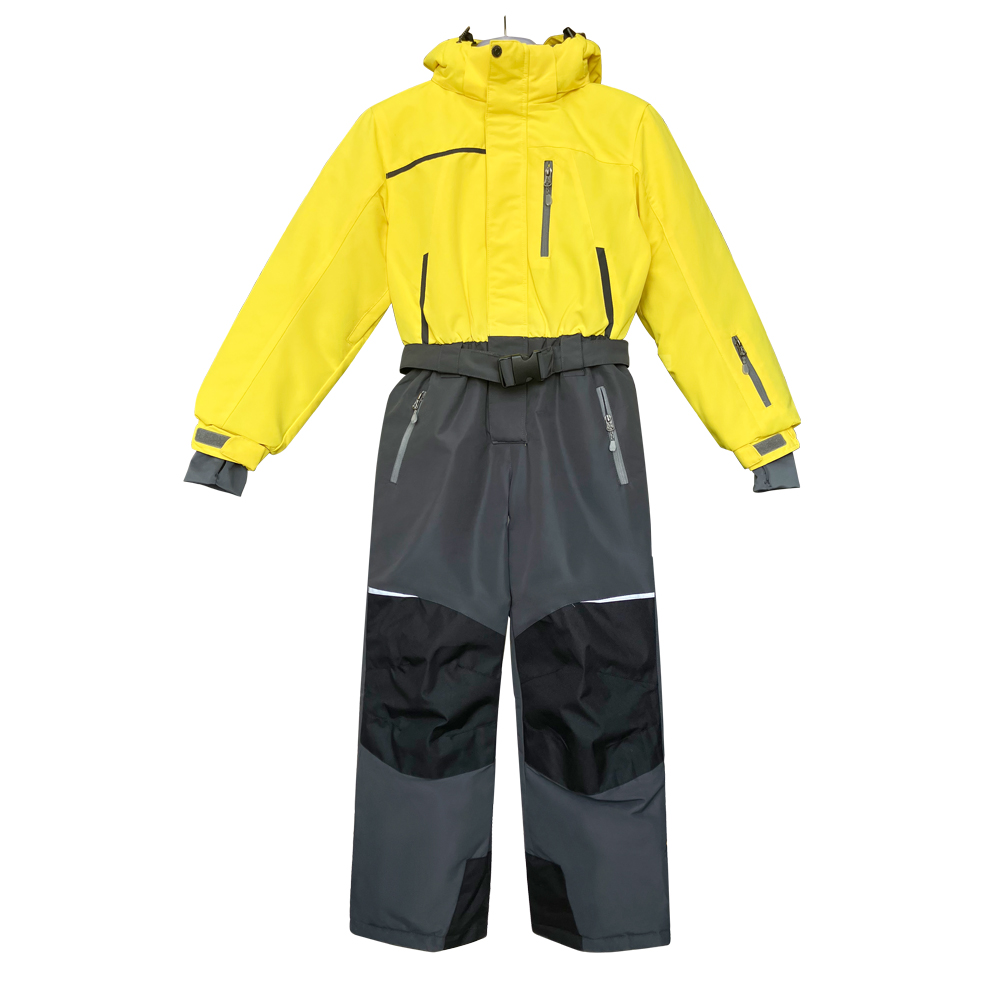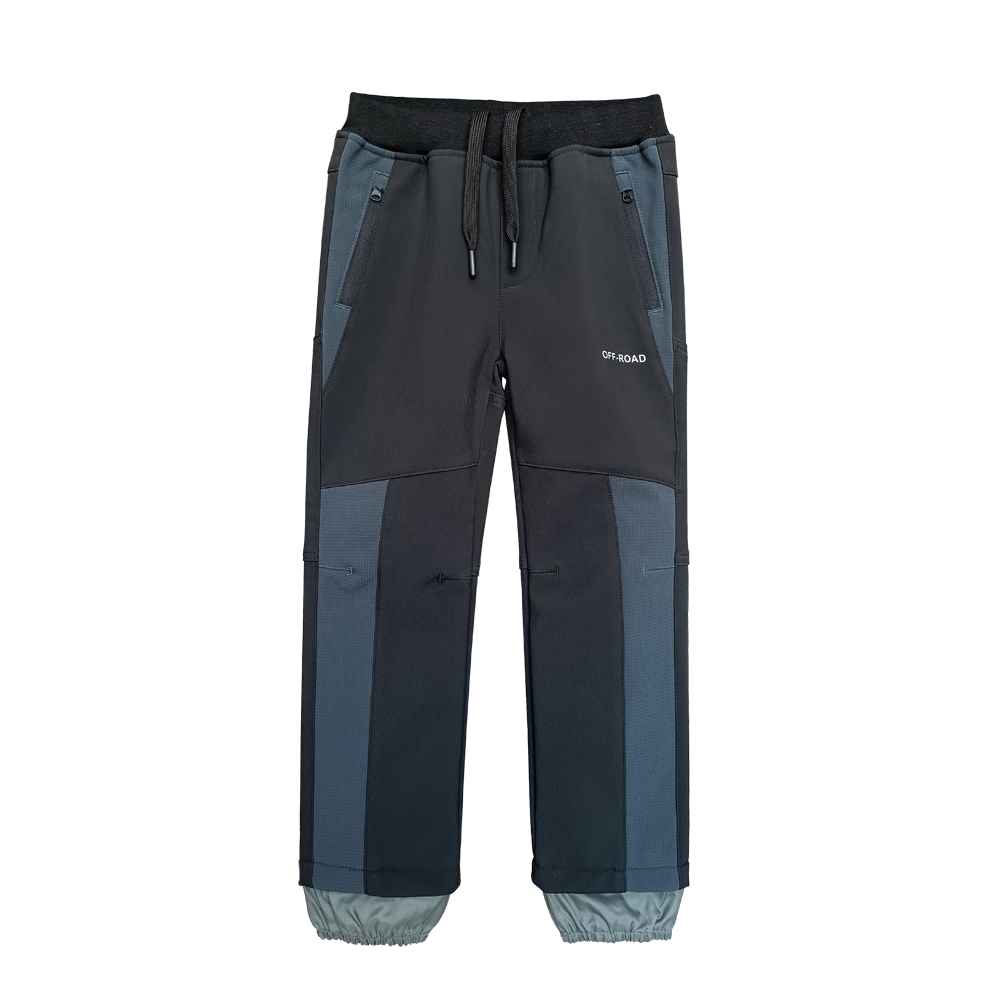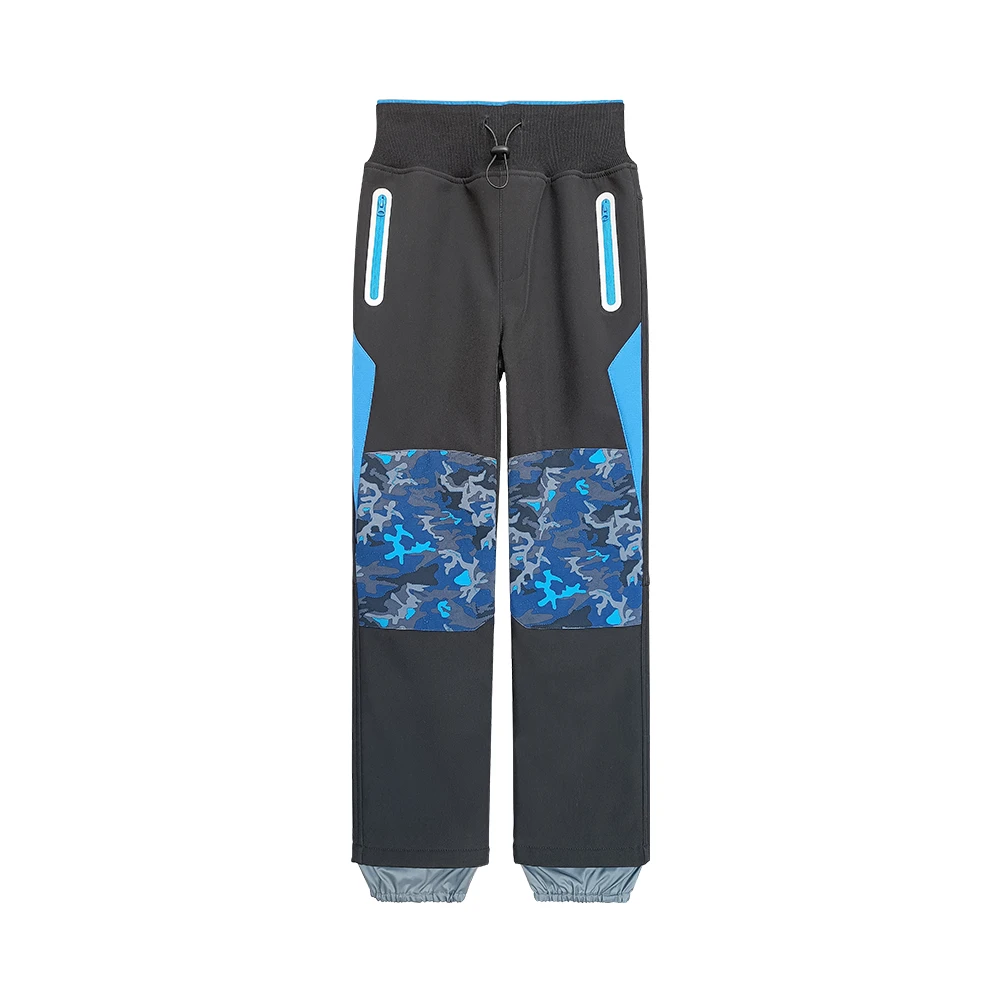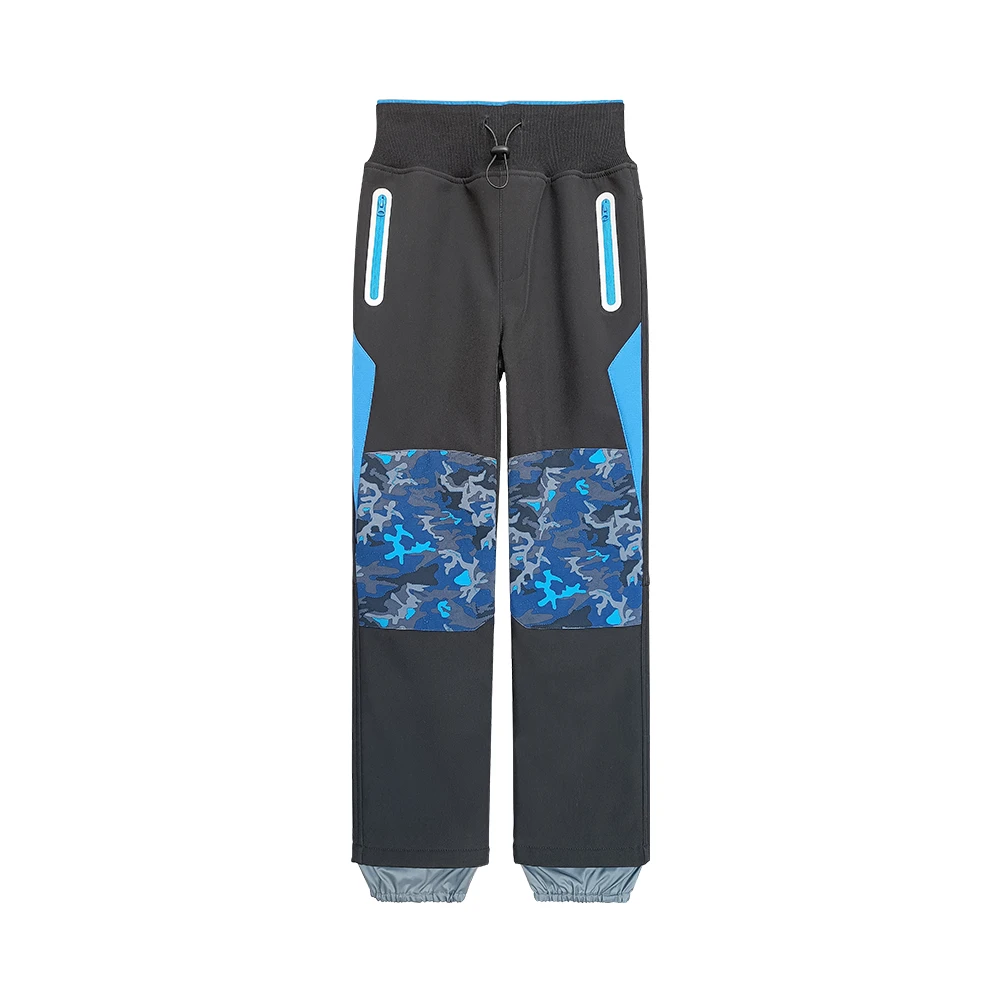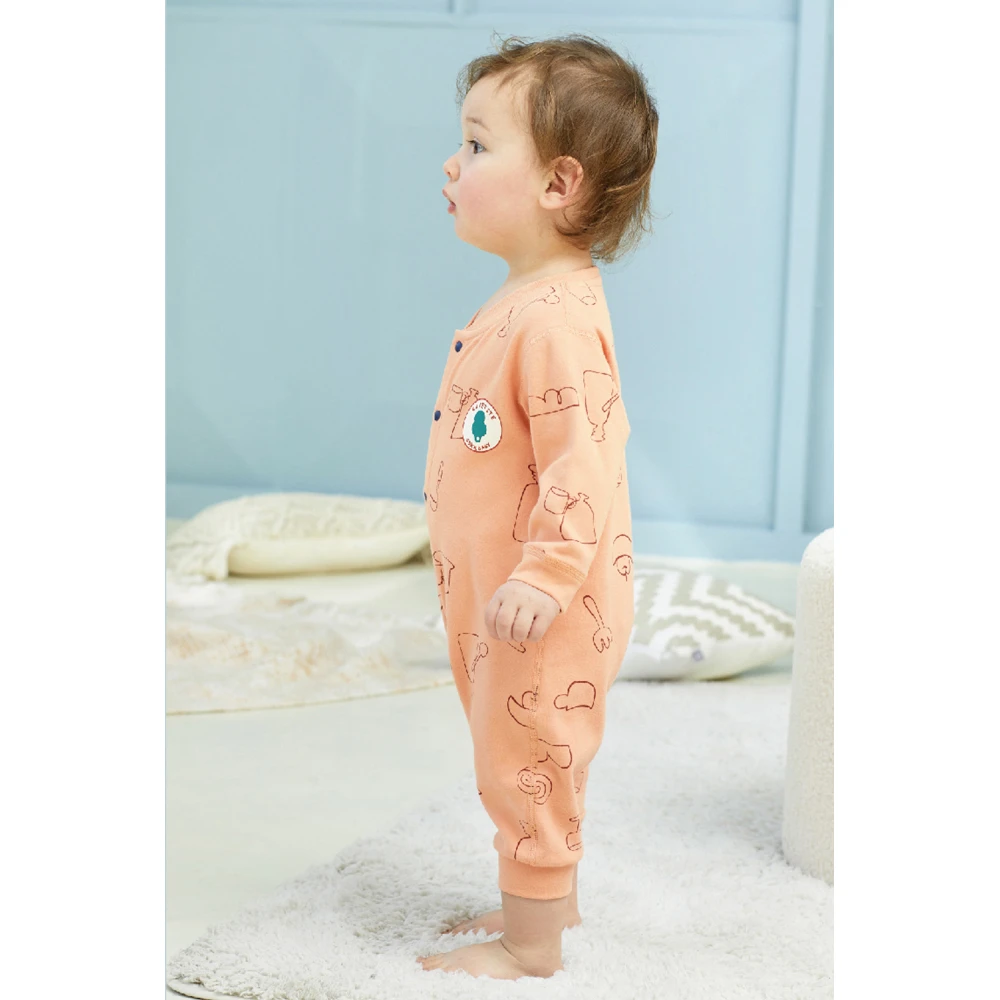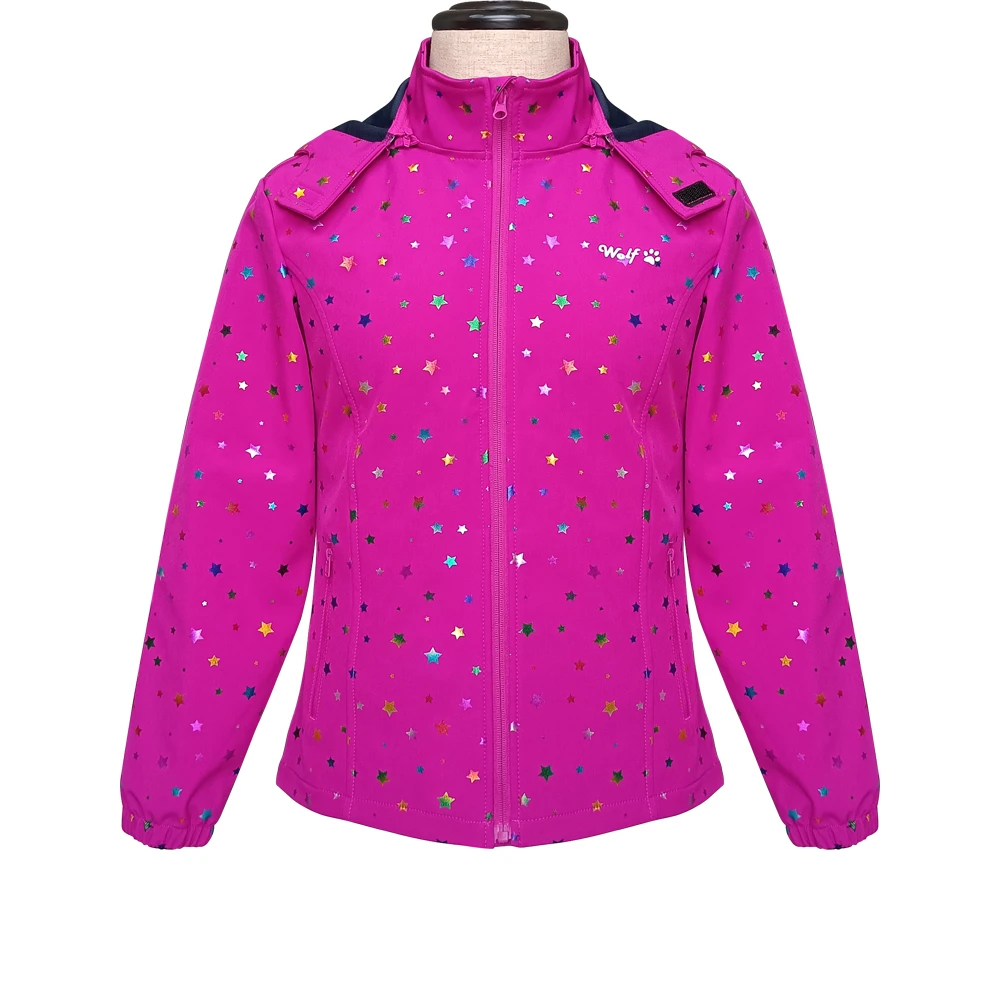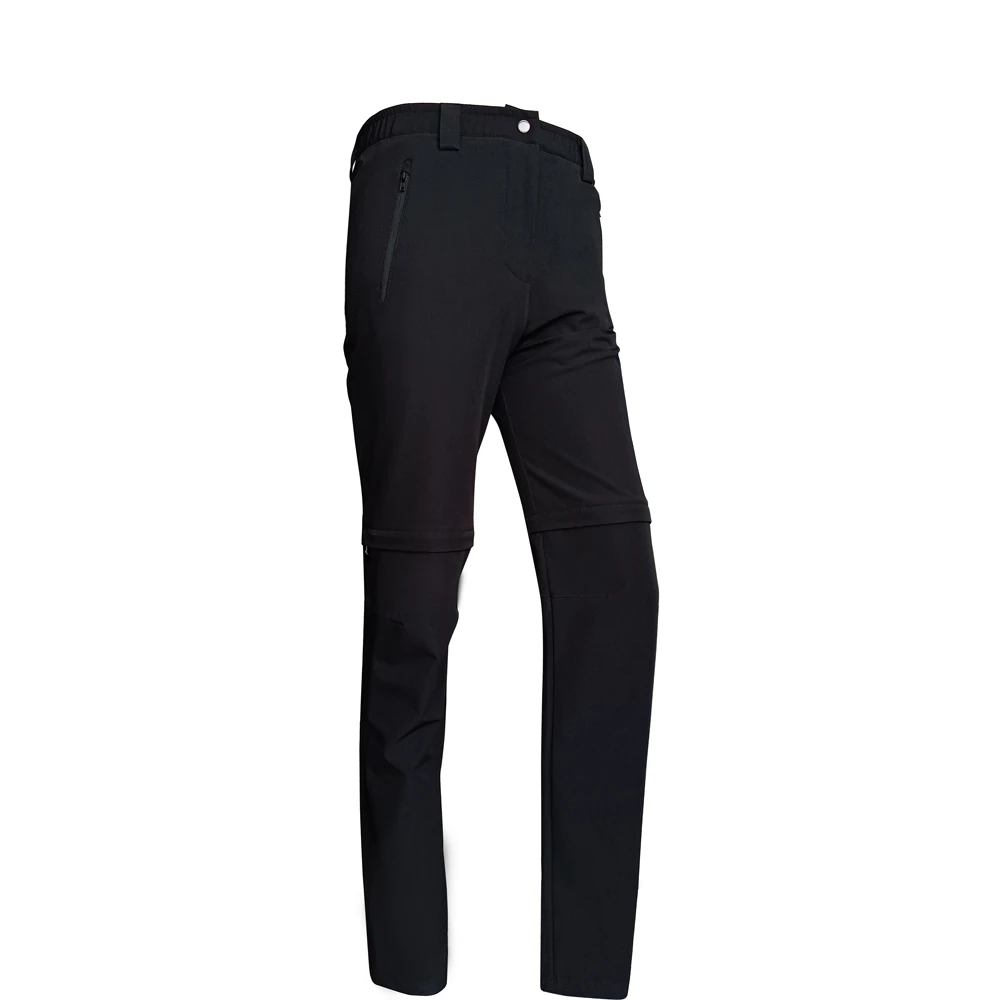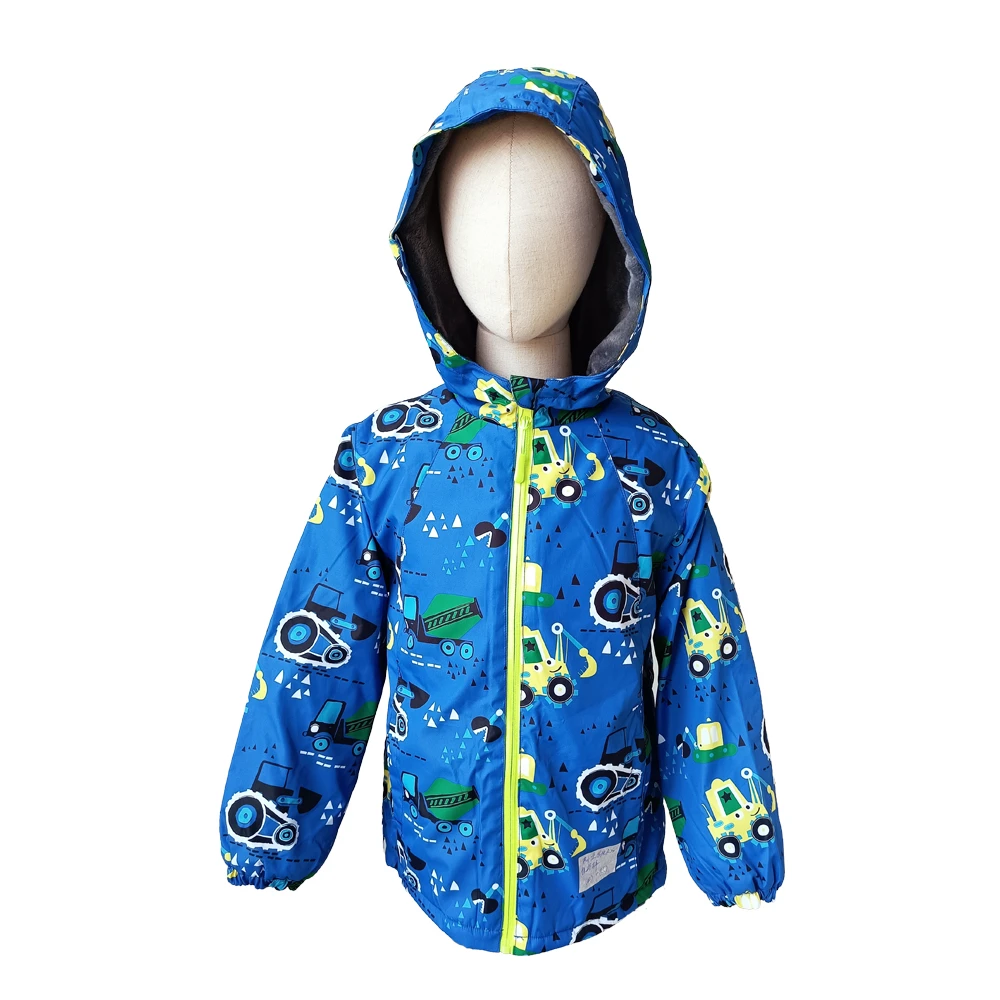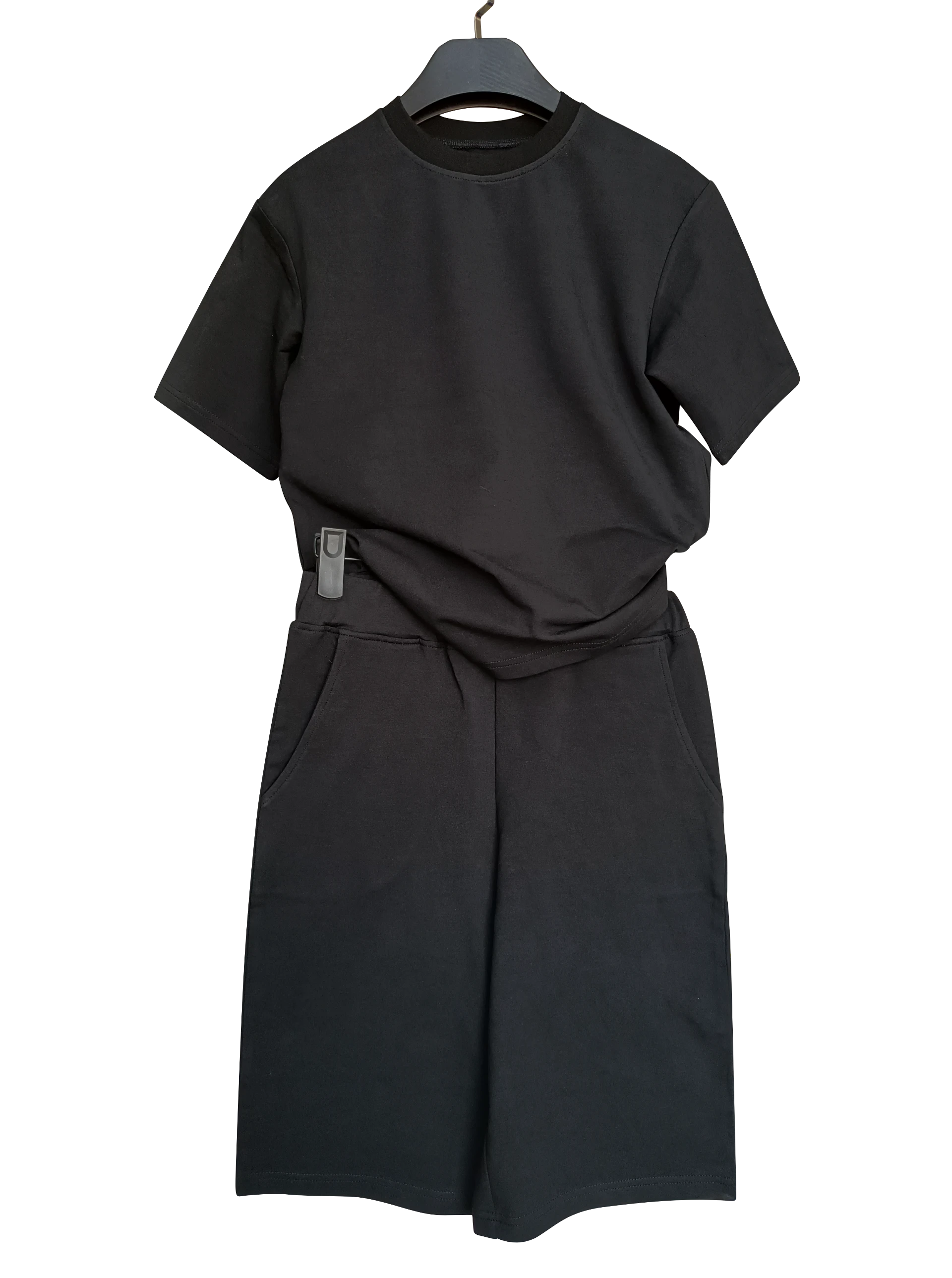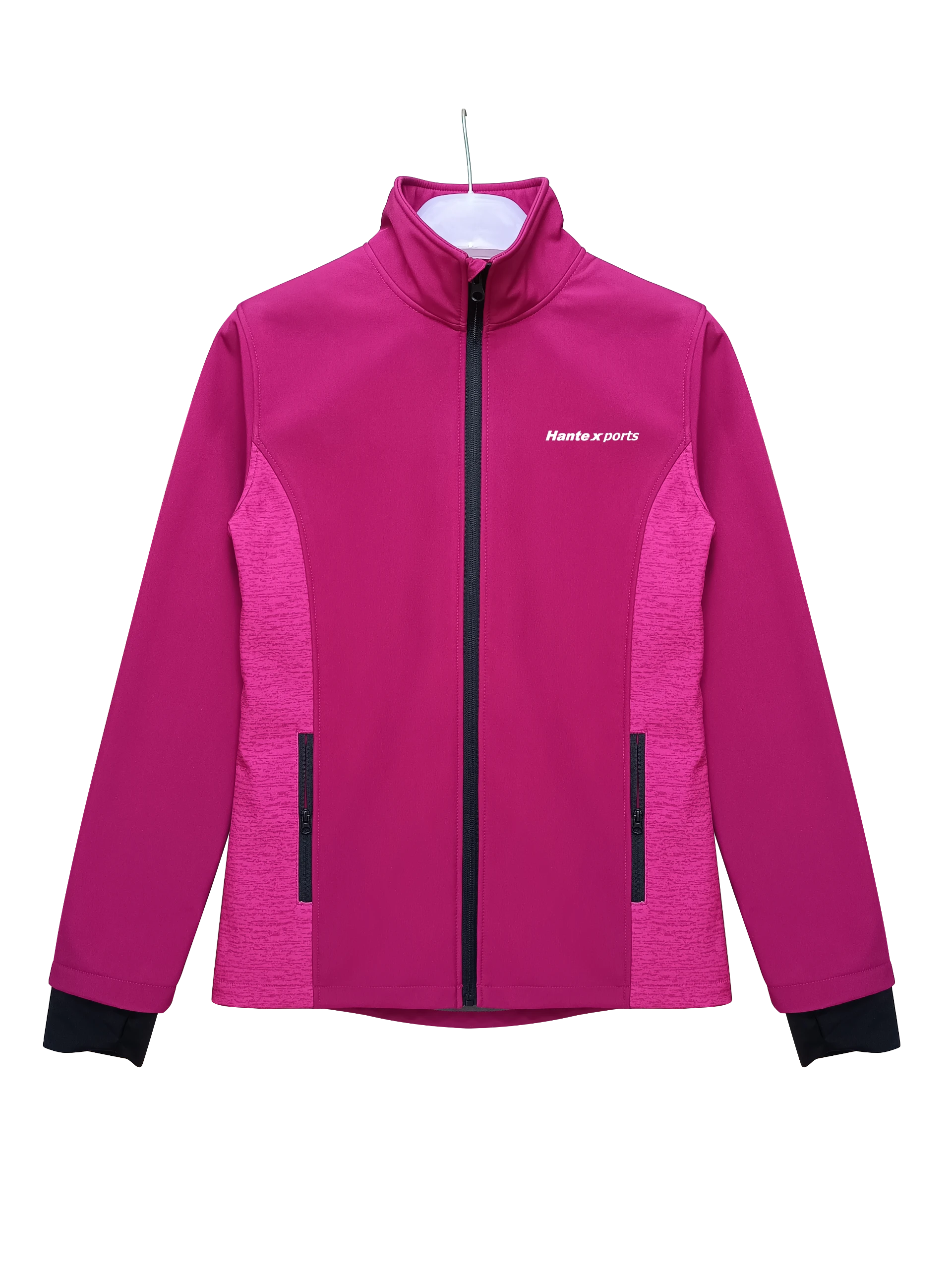The Evolution of Tennis Sportswear Style Meets Functionality
Tennis, often regarded as a sport of elegance and grace, has seen an incredible evolution in its sportswear over the years. The significance of tennis sportswear goes beyond just aesthetics; it plays a crucial role in enhancing performance, ensuring comfort, and reflecting the personality of the player. From the grass courts of Wimbledon to the hard courts of the US Open, the outfits worn by athletes not only signify their dedication to the sport but also showcase the latest trends in sports fashion.
Historical Perspective
The history of tennis sportswear dates back to the late 19th century when the sport gained popularity among the upper class. Early players donned long, heavy garments made from wool or cotton, which were not particularly conducive to movement. Women often wore long dresses with corsets, while men sported knee-length trousers paired with blazers. This attire, though fashionable, was impractical for facilitating swift movements necessary for the game.
As the sport evolved, so did the clothing. By the mid-20th century, tennis sportswear began to take on a more specialized form. The introduction of lightweight, breathable materials transformed the industry, allowing players to move more freely. The use of cotton and linen was gradually replaced by synthetic fabrics like polyester and spandex, which not only offered stretchability but also improved moisture-wicking properties. This shift marked the beginning of a new era in tennis apparel.
Modern Innovations
Today, the design and technology behind tennis sportswear have reached impressive heights. Players like Serena Williams and Roger Federer have become icons not only for their skills on the court but also for their unique style statements. Brands like Nike, Adidas, and Under Armour invest heavily in research and development to create apparel that optimizes athletic performance.
Modern tennis wear often incorporates features such as UV protection, anti-odor technology, and ventilation zones that keep players comfortable during high-intensity matches. For instance, moisture-wicking fabrics draw sweat away from the body, while mesh panels provide breathability. These innovations allow players to focus on their game rather than on discomfort.
tennis sports wear

The Role of Fashion
Tennis sportswear is not just functional; it is also a platform for self-expression. Players use their clothing to convey their personal style, and major tournaments often showcase an array of trends. Bright colors, bold patterns, and even customized designs have become increasingly popular. The emergence of athleisure has also blurred the lines between sportswear and everyday clothing, making tennis apparel a staple both on and off the court.
Celebrities and influencers have embraced tennis fashion, further amplifying its appeal. Collaborations between well-known designers and sports brands have resulted in collections that elevate sportswear to high fashion. For instance, the collaboration between Stella McCartney and Adidas has brought a chic aesthetic to athletic wear, proving that performance can coexist with style.
Sustainability in Tennis Wear
As awareness surrounding environmental issues grows, the tennis industry is also making strides toward sustainability. Brands are beginning to incorporate eco-friendly materials into their production processes. Recycled polyester, organic cotton, and biodegradable fabrics are becoming integral parts of tennis apparel. This shift not only benefits the planet but also caters to a consumer base that increasingly values sustainable practices.
Conclusion
The evolution of tennis sportswear reflects a broader narrative of innovation and change within the sport. What began as cumbersome clothing has transformed into a blend of fashion, technology, and performance. As players continue to push boundaries on the court, their apparel will undoubtedly evolve to meet their needs. Whether it’s a Grand Slam tournament or a local match, tennis sportswear plays a crucial role in shaping the experience of both athletes and fans alike. Ultimately, the right outfit can make a significant difference, both in comfort and in performance, embodying the spirit of this timeless sport.


